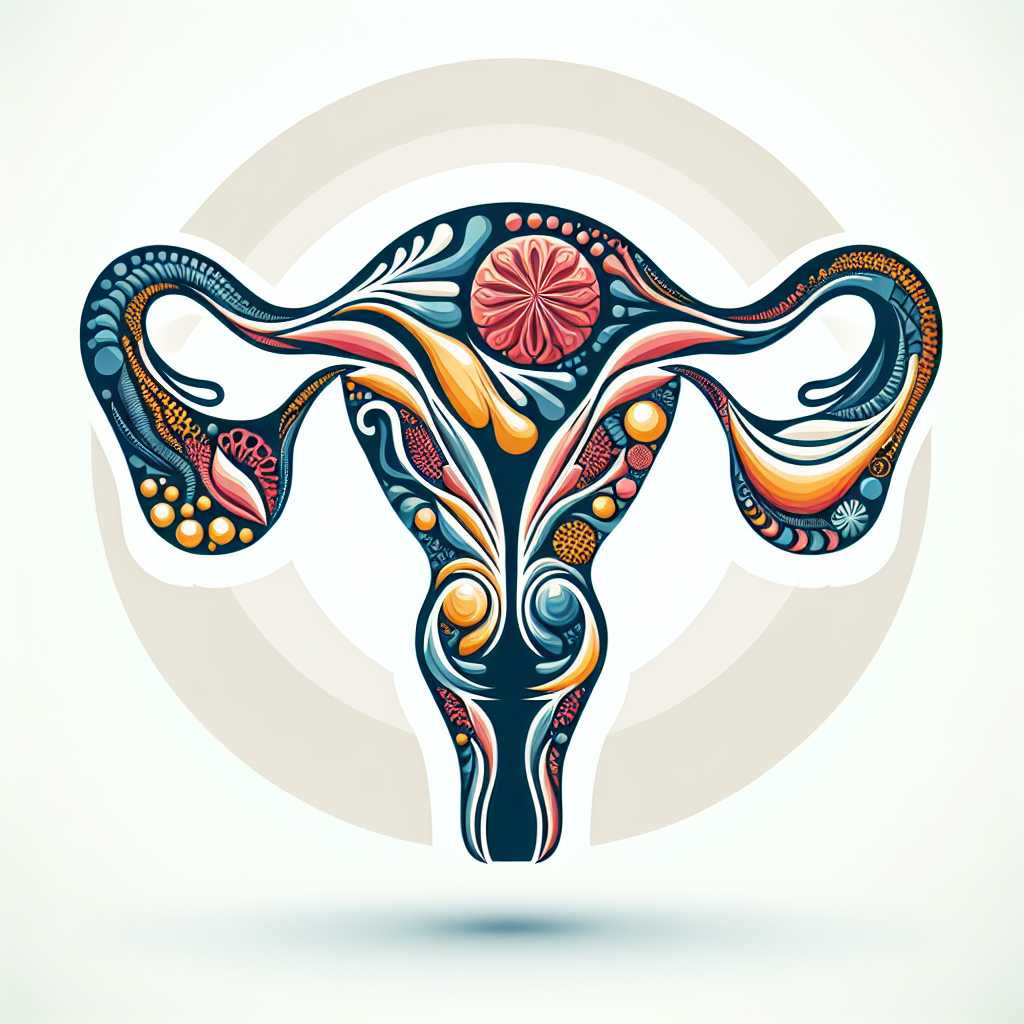Understanding Endometriosis: A Comprehensive Overview
Endometriosis is a persistent and often painful condition that affects women of childbearing age. It occurs when tissue similar to the lining inside the uterus, called the endometrium, begins to grow outside the uterus. This misplaced tissue can cause significant discomfort, inflammation, and scar formation, leading to a wide array of symptoms and potentially impacting fertility. Understanding endometriosis encompasses recognizing its symptoms, understanding its diagnosis and treatment options, and being aware of its possible effects on fertility and quality of life.
Symptoms and Diagnosis of Endometriosis
Typically, endometriosis is characterized by pelvic pain, especially exacerbating during menstruation. Other common symptoms include pain during intercourse, pain during bowel movements or urination, heavy menstrual bleeding or bleeding between periods, and digestive issues. However, the severity of pain doesn’t necessarily correlate to the extent of endometrial tissue present; some women have extensive growth but little pain, while others with slight tissue dispersion may experience severe discomfort.
Diagnosing endometriosis often involves a combination of pelvic exams, ultrasound scans or magnetic resonance imaging (MRI), and sometimes laparoscopy – a surgical procedure that allows a doctor to observe inside the pelvis. Early diagnosis and treatment can help manage symptoms and prevent the condition from worsening.
Understanding Treatment Options
Treatment for endometriosis typically falls into two categories: medication and surgery. Medications such as pain relievers can help manage discomfort, while hormonal therapies can slow or halt the growth of endometrial tissue and help combat inflammation. Common hormonal treatments include birth control pills, gonadotropin-releasing hormone (GnRH) agonists and antagonists, progestin therapy, and others.
While medications can manage symptoms and sometimes reduce tissue size, surgery is often necessary for those with severe endometriosis or those trying to conceive. Surgical options can range from conservative surgery to preserve fertility by removing as much endometriosis tissue as possible without damaging healthy tissue to more radical interventions such as hysterectomy in extensive cases where reproductive goals are complete or not a concern.
The Impact on Fertility
Endometriosis has been identified as a leading cause of infertility in women. The presence of ectopic endometrial tissue can lead to blockages or disruptions in the normal anatomy of the reproductive organs. This inflammation can damage sperm or eggs, disrupt implantation locations, or alter the egg transportation through the Fallopian tubes. Fortunately for many sufferers seeking to conceive, assisted reproductive technologies such as in vitro fertilization (IVF) have offered hope.
In parallel with fertility treatments, pain management becomes paramount for those affected. Surgical interventions to remove adhesions can improve chances of conception either naturally or assisted by reproductive technologies.
Addressing Quality of Life Issues
Living with endometriosis can come with challenges extending beyond physical health concerns. Chronic pain can impact mental health and overall quality of life. Consequently, there’s an emphasis on comprehensive care strategies including lifestyle modifications, mental health counseling, and integrative medical approaches like acupuncture that placete focus on whole-body wellness.
Creating awareness for endometriosis is also crucial since it helps promote understanding from family members, employers, and peers leading to supportive environments that accommodate women affected by this condition.
Notes
–
Prevalence: Endometriosis affects roughly 1 in 10 women during their reproductive years.
– Symptom Onset: Symptoms usually develop several years into menstruation but may even start during adolescence.
– Misdiagnosis Risks: Due to variations in symptoms intensity and overlap with other conditions like IBS or pelvic inflammatory disease, misdiagnosis is common.
– Economic Impact: The healthcare costs along with work productivity loss related to endometriosis are significant.
– Research Continues: Ongoing research is important as scientists try to understand the causes of endometriosis more fully as well as develop better ways to prevent, diagnose, and treat this challenging condition.
–
Symptom Onset: Symptoms usually develop several years into menstruation but may even start during adolescence.
– Misdiagnosis Risks: Due to variations in symptoms intensity and overlap with other conditions like IBS or pelvic inflammatory disease, misdiagnosis is common.
– Economic Impact: The healthcare costs along with work productivity loss related to endometriosis are significant.
– Research Continues: Ongoing research is important as scientists try to understand the causes of endometriosis more fully as well as develop better ways to prevent, diagnose, and treat this challenging condition.
–
Misdiagnosis Risks: Due to variations in symptoms intensity and overlap with other conditions like IBS or pelvic inflammatory disease, misdiagnosis is common.
– Economic Impact: The healthcare costs along with work productivity loss related to endometriosis are significant.
– Research Continues: Ongoing research is important as scientists try to understand the causes of endometriosis more fully as well as develop better ways to prevent, diagnose, and treat this challenging condition.
–
Economic Impact: The healthcare costs along with work productivity loss related to endometriosis are significant.
– Research Continues: Ongoing research is important as scientists try to understand the causes of endometriosis more fully as well as develop better ways to prevent, diagnose, and treat this challenging condition.
–
Research Continues: Ongoing research is important as scientists try to understand the causes of endometriosis more fully as well as develop better ways to prevent, diagnose, and treat this challenging condition.
Image description: A visually comforting medical illustration vividly depicting diverse shapes representing healthy uterus versus ones affected by endometrial tissue growth within a symmetrical design that evokes both clinical accuracy and artistic abstraction aimed at portraying the juxtaposition of normal body function disarrayed by endometriosis.
